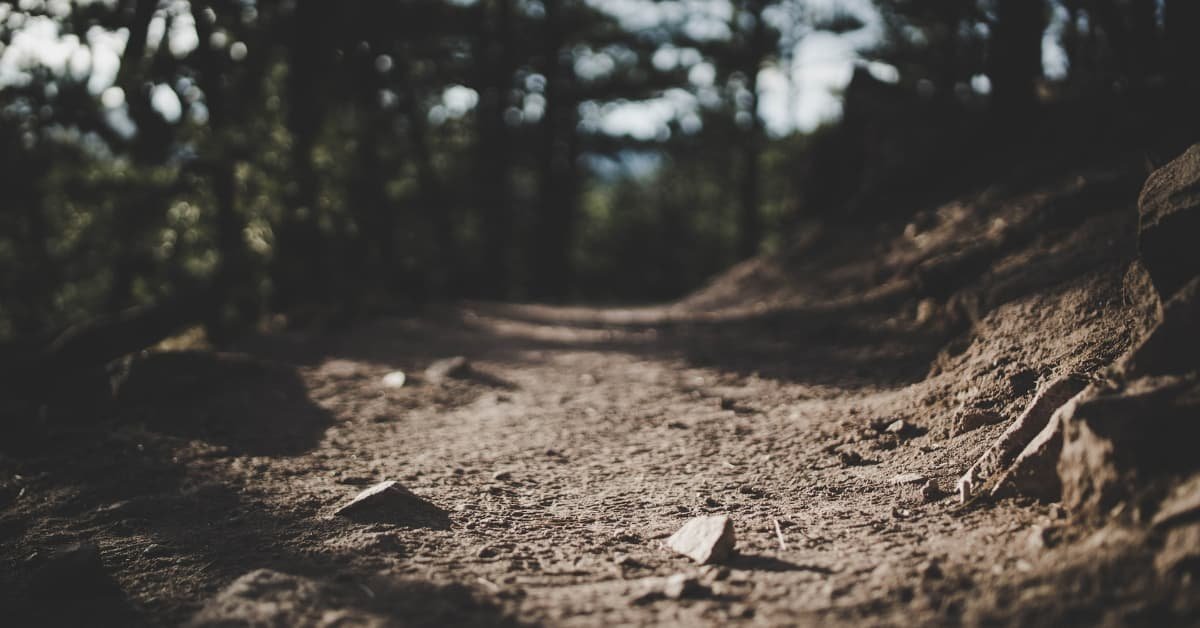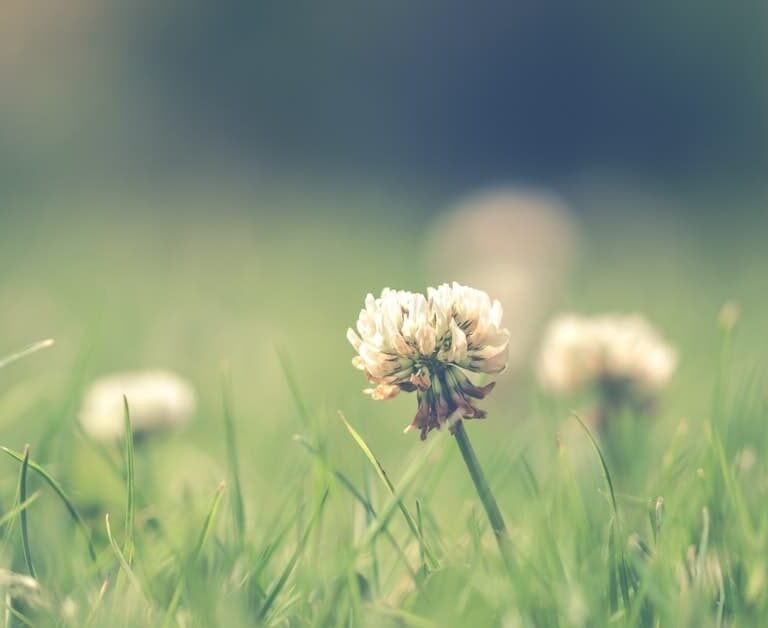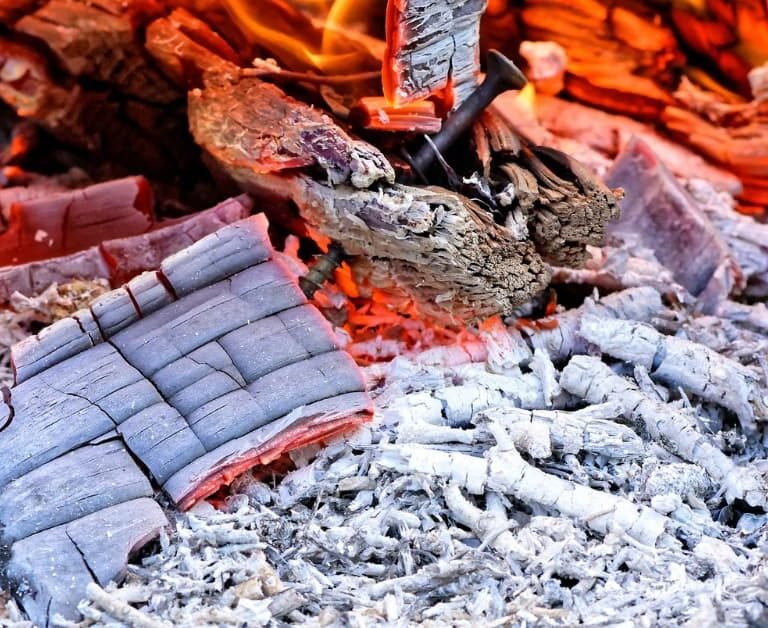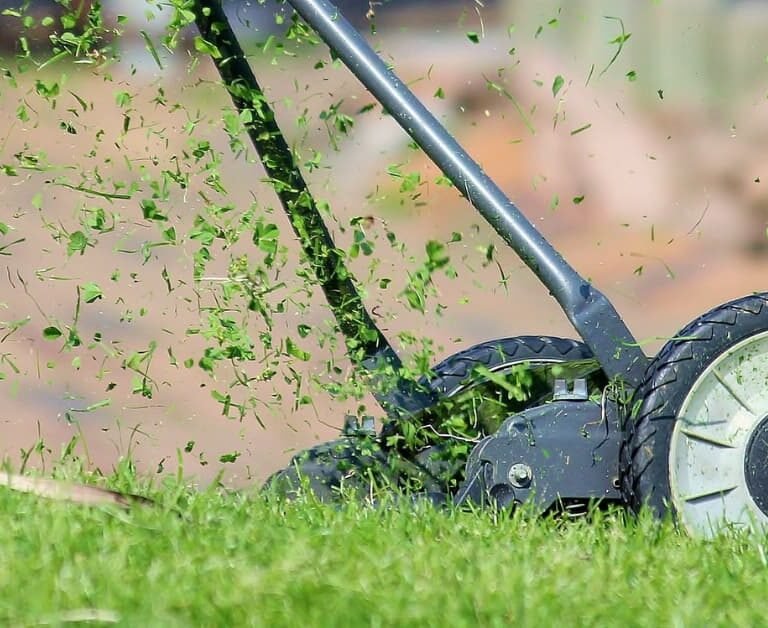
Are you tired of staring at the dirt in the backyard? Transforming this space into an inviting oasis doesn’t have to break the bank. Here, we’ll explore affordable and creative ways on what to do with a dirt backyard with options like artificial turf, mulch, wooden decks, or paver stones.
Not only will these solutions help you create an attractive outdoor area for entertaining guests and spending time with family, but they can also benefit the environment by reducing dust and supporting plant life.
Creative Ways To Cover Dirt In Your Backyard
There are several creative solutions to cover up dirt in your backyard, such as installing artificial turf for a low-maintenance option or building a small wooden deck or patio for a stylish and functional addition.
Install Artificial Turf
Installing artificial turf is one of the cheapest ways to cover dirt in your backyard, transforming it into a lush, green space. Not only does this low-maintenance option eliminate the need for watering, mowing, or fertilizing, but it also prevents mud from forming during wet seasons.
One of the most significant benefits of using artificial grass is its versatility – it’s perfect for play areas with fewer tripping hazards and no muddy ruts.
To install artificial turf, start by preparing the base; this involves excavating the area to achieve an even surface, laying down weed barrier fabric as protection against unwanted growth, and adding aggregate material like crushed stone to improve drainage.
Build A Small Wooden Deck Or Patio
Building a small wooden deck or patio is an excellent way for homeowners to transform their dirt backyard into a charming and functional space. This option not only covers the unsightly dirt, but also provides an area for relaxation, entertainment, and even outdoor dining.
The size of your new deck depends on your personal preferences, available space, and budget.
For those who are handy with tools and have some basic construction knowledge, creating a DIY wooden deck can be both cost-effective and satisfying. However, if you’re not confident in your skills or simply want things done quickly without compromising quality, hiring professionals might still be within budget – especially if you choose more affordable materials such as pressure-treated lumber.
Lay Down Mulch Or Gravel
One cost-effective way to cover dirt in your backyard is by laying down a layer of mulch or gravel. Both options not only hide unsightly dirt but also offer other benefits for your outdoor space.
Mulch, for example, can enhance soil quality, reduce water needs, prevent weeds from growing, and increase pest resistance.
Gravel is another affordable option that requires very low maintenance and provides excellent drainage. You can choose from various sizes and colors of gravel to match the aesthetic style you desire for your backyard.
To create a visually appealing effect with either material, consider outlining flower beds or paths with bricks or pavers found at garden centers or recycled from old sidewalks.
Plant A Garden Or Add Potted Plants
Another option to cover the dirt in your backyard is by planting a garden or adding potted plants.
When considering this option, take into account the climate and soil conditions in your area. Choose plants that are well-suited for your region’s weather patterns and make sure they have the proper amount of sunlight and water.
Adding plants can be an inexpensive way to spruce up your yard, especially if you opt for seeds instead of mature plants. You can also get creative with how you display them – try hanging baskets or repurposing items as planters like old buckets or tires.
DIY Solutions On What To Do With A Dirt Backyard
Get creative and save money by recycling old bricks or pavers, using found materials to create paths or patios, or creating a rock garden – read on for more affordable DIY solutions to cover the dirt in your backyard.
Recycle Old Bricks Or Pavers
Recycling old bricks or pavers is a great way to cover dirt in the backyard while also being eco-friendly. Here are some ideas for reusing those materials:
- Use the bricks to create a unique garden path or border around a flower bed.
- Reuse the pavers to build a small patio area or seating area in your backyard.
- Stack old bricks to create a raised garden bed and fill it with soil for planting.
- Create an outdoor fireplace or fire pit using recycled bricks.
- Use old pavers as stepping stones throughout your garden.
Recycling old bricks or pavers can not only save you money, but it can also add character and charm to your backyard. Plus, it’s a sustainable solution that benefits both you and the environment.
Use Found Materials To Create Paths Or Patios
Looking for a cheap way to cover dirt in your backyard? Why not use found materials to create paths or patios? Here are some ideas:
- Recycle old bricks, pavers, or concrete from sidewalks and driveways to create a DIY patio or walkway.
- Use wood chips or gravel to define a pathway through your yard.
- Create a rock garden by using rocks of all shapes and sizes.
- Install stepping stones made of natural stone or concrete for an easy-to-navigate pathway.
- Consider using creeping plants like thyme, sedum, or Irish moss as ground cover between stepping stones.
By using found materials and a little creativity, you can easily transform your backyard into an eco-friendly space that’s both functional and beautiful. Plus, you’ll save money on expensive landscaping supplies while reducing waste at the same time. So get creative and start building!
Create A Rock Garden
Creating a rock garden is one of the best ways to cover dirt in your backyard. This option doesn’t require much maintenance and can provide a unique style to your outdoor space. Here are some things to consider when creating a rock garden:
- Start by outlining the area you want to transform with rocks. You can use stakes and string to mark the perimeter or just freehand it.
- Choose the type of rocks you’d like to use. You can select large boulders and smaller rocks for variety, or choose a consistent size throughout.
- Decide if you want plants in your rock garden or not. If you do, choose plants that thrive in rocky soil, such as succulents and cacti. If not, consider adding decorative touches like sculptures or water features instead.
- Plan out the placement of your rocks before digging. Make sure they are securely placed so that they don’t shift over time.
- Add soil around the rocks if necessary so that they don’t jut out too much from the ground.
- Finish off your rock garden with wood mulch or gravel around the edges for a polished look.
Remember that creating a rock garden takes time and effort, but it’s an inexpensive option for covering dirt in your backyard without having to rely on traditional grass or foliage options.
Choosing The Best Option For Your Dirt Backyard
Evaluate your budget, personal preferences, climate, and soil conditions to choose the best option for covering the dirt in your backyard.
Consider Your Budget And Personal Preferences
Covering dirt in your backyard can be a fun and exciting process, but it’s important to consider your budget and personal preferences before choosing the best option for you.
If you’re looking for an affordable way to fix up your backyard, then using organic mulch or planting ground cover plants may be ideal.
On the other hand, if you prefer low-maintenance options and have a bigger budget, then covering the dirt with artificial turf or building a small wooden deck might be perfect for you.
It’s also essential to evaluate climate and soil conditions as well as the size of your backyard when making this decision.
Evaluate The Climate And Soil Conditions
It’s important to understand the climate and soil conditions in your backyard when deciding on the best way to cover up your dirt yard. Different plants thrive in different climates, so you need to make sure that the ground cover or garden you choose is suitable for your area.
For instance, if you live in an arid region with sandy soil type and high temperatures, then drought-tolerant plants like cacti or succulents would be ideal.
On the other hand, if your climate is more temperate with fertile loam soils and steady rainfall patterns, then leafy vegetables or flowers could flourish well here.
Assessing both the climate and soil characteristics of your backyard thoroughly beforehand will help ensure the successful implementation of any solutions discussed above while reducing unnecessary costs long-term.
Conclusion
Having a backyard filled with dirt can be an eyesore, but it doesn’t have to stay that way. You can choose from several creative and affordable ways to cover the dirt in your backyard.
Whether you want a lush garden or a cozy deck, there are options for every budget and style preference. Choose what’s best for you based on factors like climate, soil conditions, and personal taste.
FAQs:
How can I transform my dirt backyard into a lush green space?
To transform your dirt backyard into a beautiful, green oasis, start by testing the soil to determine its pH level and nutrient content. Then amend the soil as needed with compost or other organic matter. Consider adding grass seeds or plants that are native to your area for low-maintenance landscaping.
What are some low-maintenance options for a dirt backyard?
If you prefer a low-maintenance yard, consider laying down gravel or paving stones in strategic areas rather than planting grass or other vegetation. You can also incorporate outdoor furniture and decor such as seating areas, water features, and fire pits to create an inviting space without having to worry about upkeep.
Can I install artificial turf in my dirt backyard?
Yes! Artificial turf is a popular option for transforming dirt backyards into perfectly manicured lawns without all of the hassle of traditional lawn care. This type of installation requires proper leveling and drainage systems but offers many benefits including reduced water usage and minimal upkeep.
Should I hire a professional landscaper to help me with my dirt backyard transformation?
Hiring a professional landscaper can be helpful if you have little experience with gardening or landscaping design; they can advise on plant selection based on climate conditions in your area while providing expert guidance on soil preparation & irrigation system installations too). However – it ultimately depends upon whether you’re looking for something simple (i.e., placing patio furniture) versus more complex tasks like grading work which may require professional equipment/handling from experienced contractors so consider budgeting accordingly before moving forward with plans!




